But that does not mean that the car is less capable when the going gets tough. No, with lusty 4.0 or 4.6-litre versions of the Rover V8, the new-for-1994 Range Rover could still get through despite the conditions. That was the easy part for the British engineers - the difficult bit was to offer passengers a comfortable on-road ride to match the car’s superlative off-road performance.
A task they achieved to perfection. Not only did it feature air suspension, the latest Range Rover also had much improved ergonomics, a fine leather interior and, particularly in later years when in BMW’s ownership and under the direction of German engineer Wolfgang Reitzle, much improved build quality.
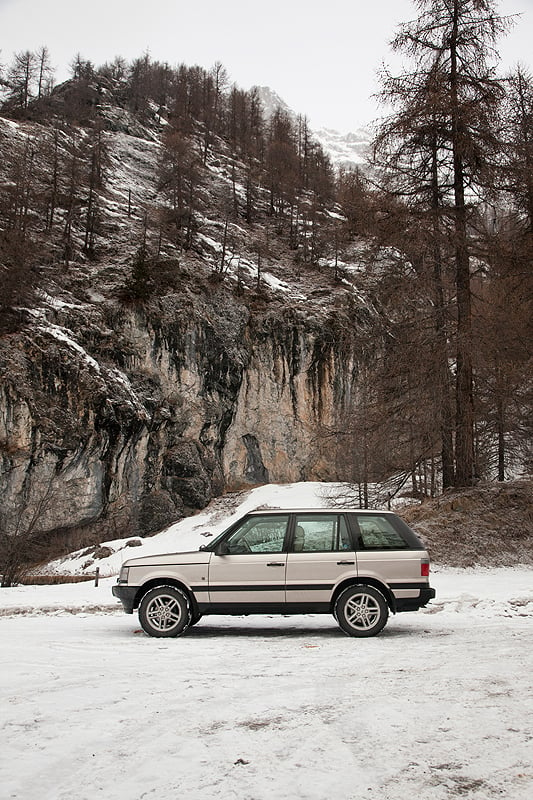
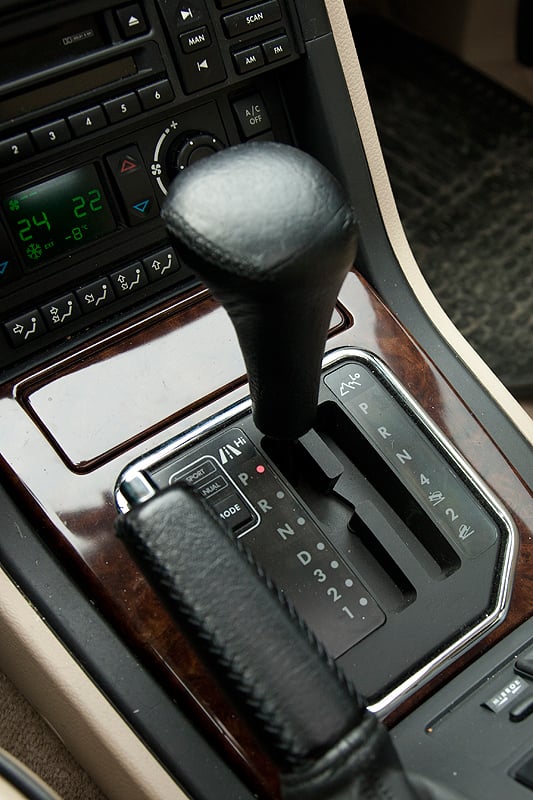
The Buick-based V8 benefited from the latest Bosch Motronic engine management system (from the BMW 7 Series). For the last time in a Range Rover, a manual gearbox was offered but most customers preferred the ZF automatic.
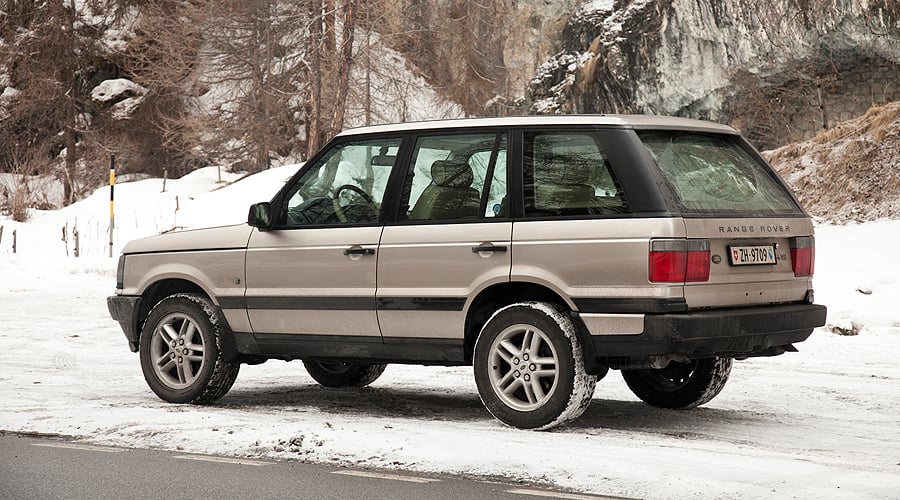
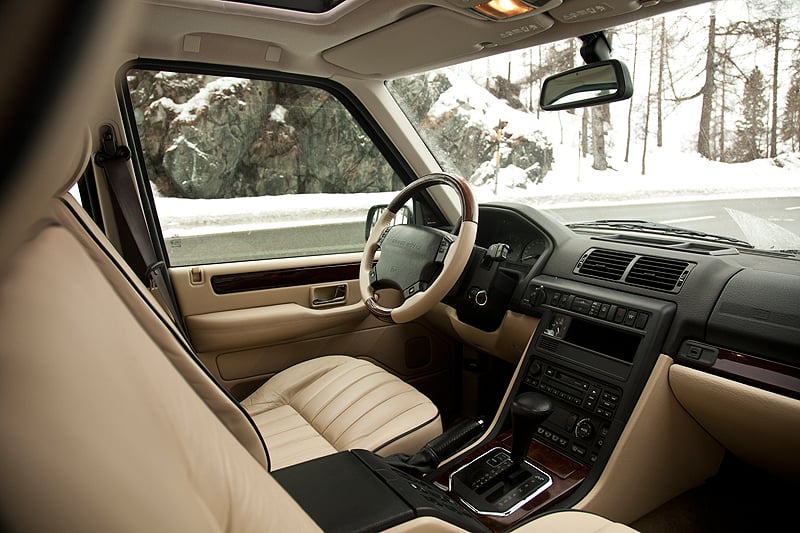
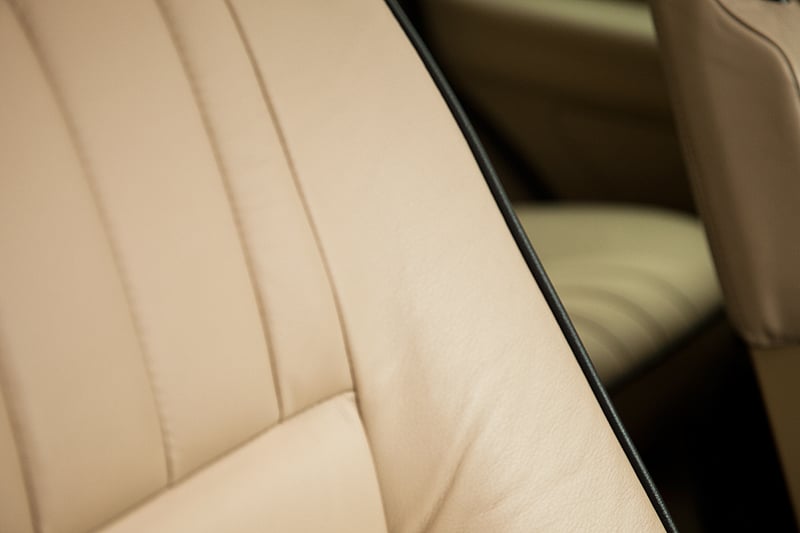
It was a comfortable, high-quality car for long distances and had the legendary off-road capability of all Land Rover products. The air suspension allowed the car’s ride height to be adjusted for the prevailing conditions, seemingly allowing the big 4x4 to ‘hover’ over obstacles.
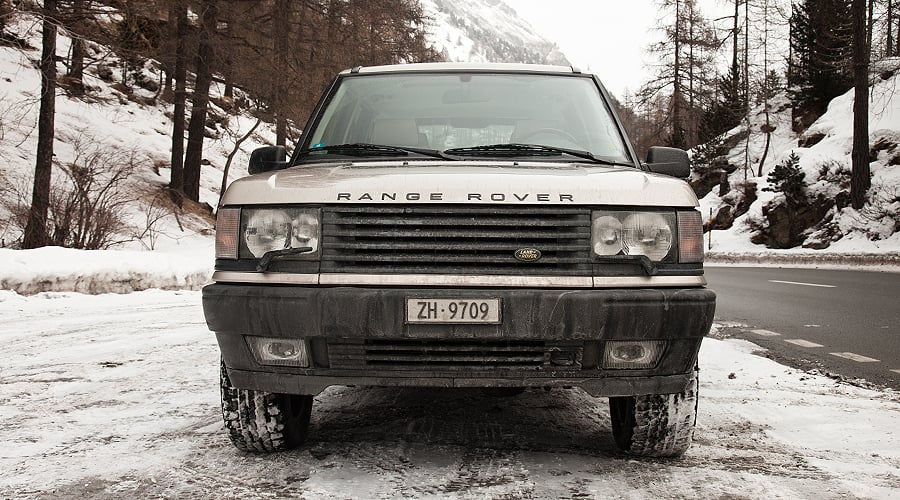
This 4.6 HSE is a fine example. Unlike many, it’s spent little time in rough country and is the perfect car for driving on paved roads, safe in the knowledge that it could cope with almost anything you throw at it when off the beaten track.
|
Realted Links You can find many modern and classic Range Rovers in the Classic Driver Marketplace |
Photos: Jan Baedeker










